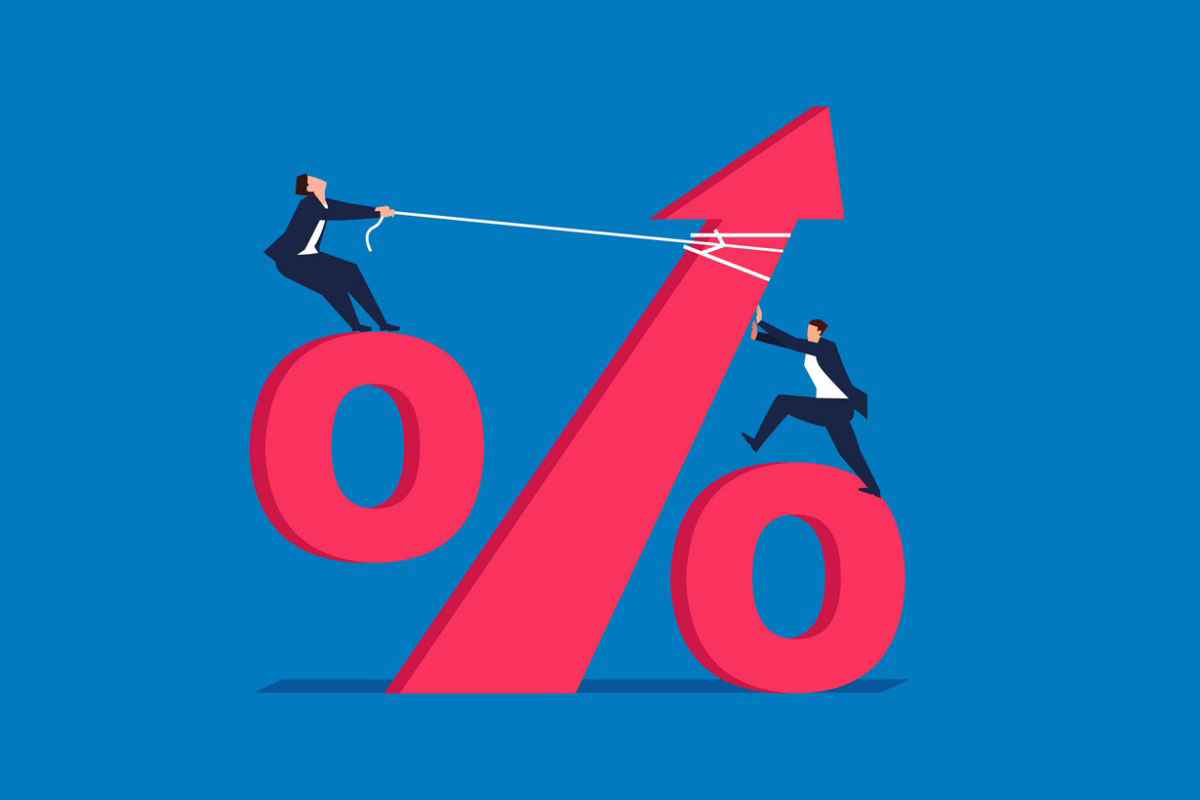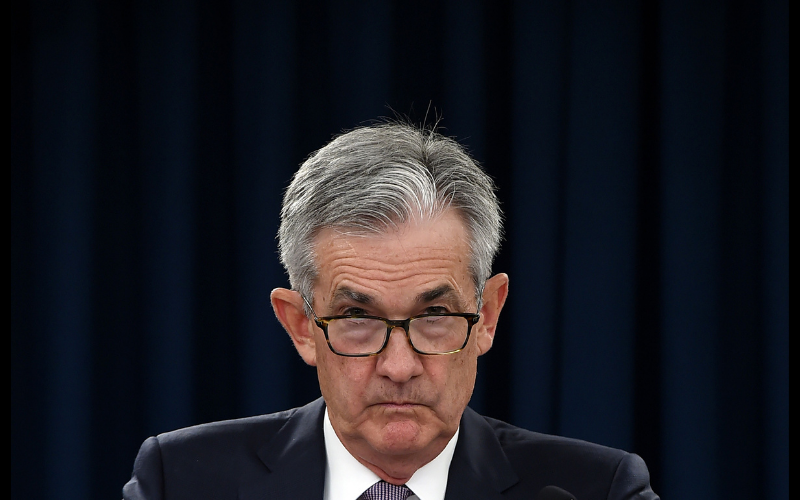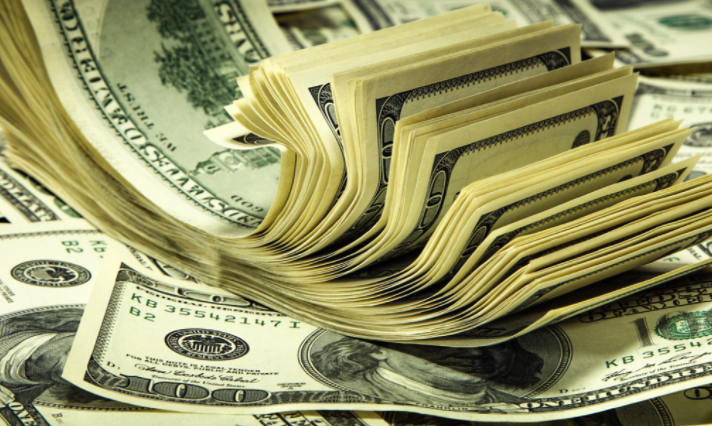Daily FX Market Roundup 11.03.2021
By Kathy Lien, Managing Editor
The Federal Reserve has made it official. Starting later this month, they will reduce their monthly bond purchases by $15 billion ($10 billion Treasuries, $5 billion mortgage backed securities). By June 2022, the bond buying program should come to an end. The Fed explains that pandemic stimulus can start to be unwound as “substantial further progress in the economy has (been) made toward the Committee’s goals since last December.” They left interest rates unchanged, which was expected and continued to use the word “transitory” to describe inflation. While some investors believed they would drop this language, it did not seem to matter as once the dust settled, the dollar ended the day virtually unchanged (slightly lower) from its pre-FOMC levels against other the major currencies. Stocks and bond yields ended higher which should benefit the Yen crosses.
Looking ahead to Friday’s non-farm payrolls report, economists expect a significant recovery in job growth during the month of October. A large part of this has to do with the slowdown in September, when non-farm payrolls rose by only 194K. That number is expected to more than double this week with a consensus forecast of 450K. According to ADP, private sector payroll growth was very strong last month but even though service sector activity hit a record high in October, the shortage of workers drove the employment index lower. As one of the most important leading indicators for non-farm payrolls, this suggests that while more jobs are expected in October, the increase may fall short of the market’s lofty forecast.
Will the BoE Hike on Thursday?
Meanwhile, as we count down to Friday’s NFP report, our focus shifts to the Bank of England’s monetary policy announcement on Thursday. In many ways, the BoE rate decision should have a greater impact on sterling than FOMC did on the U.S. dollar because the U.K. central bank is close to raising interest rates. As the second major central bank to reduce asset purchases, the BoE has been leading the pack in unwinding pandemic support and with inflation surging, a small contingent of investors believe they could hike as quickly as Thursday. The market is pricing in a 60% chance of 15bp hike which means a full quarter point move is unlikely. However the central bank has done a smaller adjustment before so we can’t rule out that possibility completely.
BoE Governor Bailey and monetary policy committee member Saunders have suggested that an immediate hike may be needed but other policymakers want to see further improvements in labor market activity or evidence that inflation is less transitory before making the move. With the RBNZ raising rates, Bank of Canada announcing the end to Quantitative Easing and the Fed beginning to reduce asset purchases, we think there is a decent chance for a rate hike by the BoE. It may not be a full quarter point, but it could be 15bp increase. Immediate tightening should be wildly positive for the greenback as it is not really anticipated. However if they forgo a rate hike in November, then a hike in December becomes very likely and in this scenario, we expect no change to be accompanied by hawkish comments which could be initially negative but ultimately positive for GBP. Either way, barring an unexpected surprise we see sterling strength post BoE, particularly against euro.
The best performing currency today was the New Zealand dollar. Employment growth soared in the third quarter, driving the unemployment rate to its lowest level since 2007. The 3.4% is much lower than the 3.9% forecast and matches the record low. Wage growth was also healthy, rising 0.7%. This data justifies the Reserve Bank of New Zealand’s recent decision to raise interest rates. The Australian dollar rose in lockstep with NZD but the Canadian dollar was held back by the 4% drop in oil prices.





